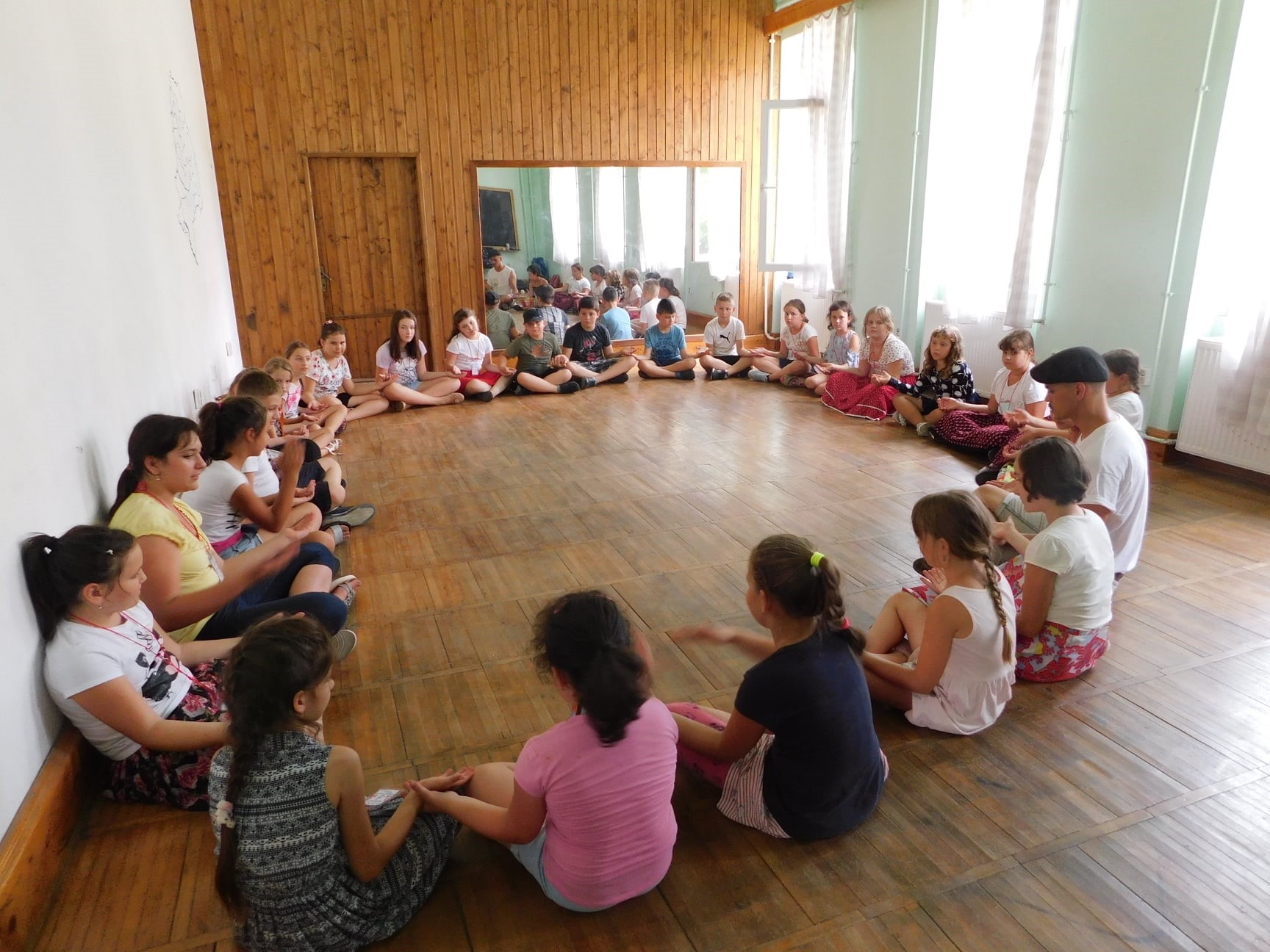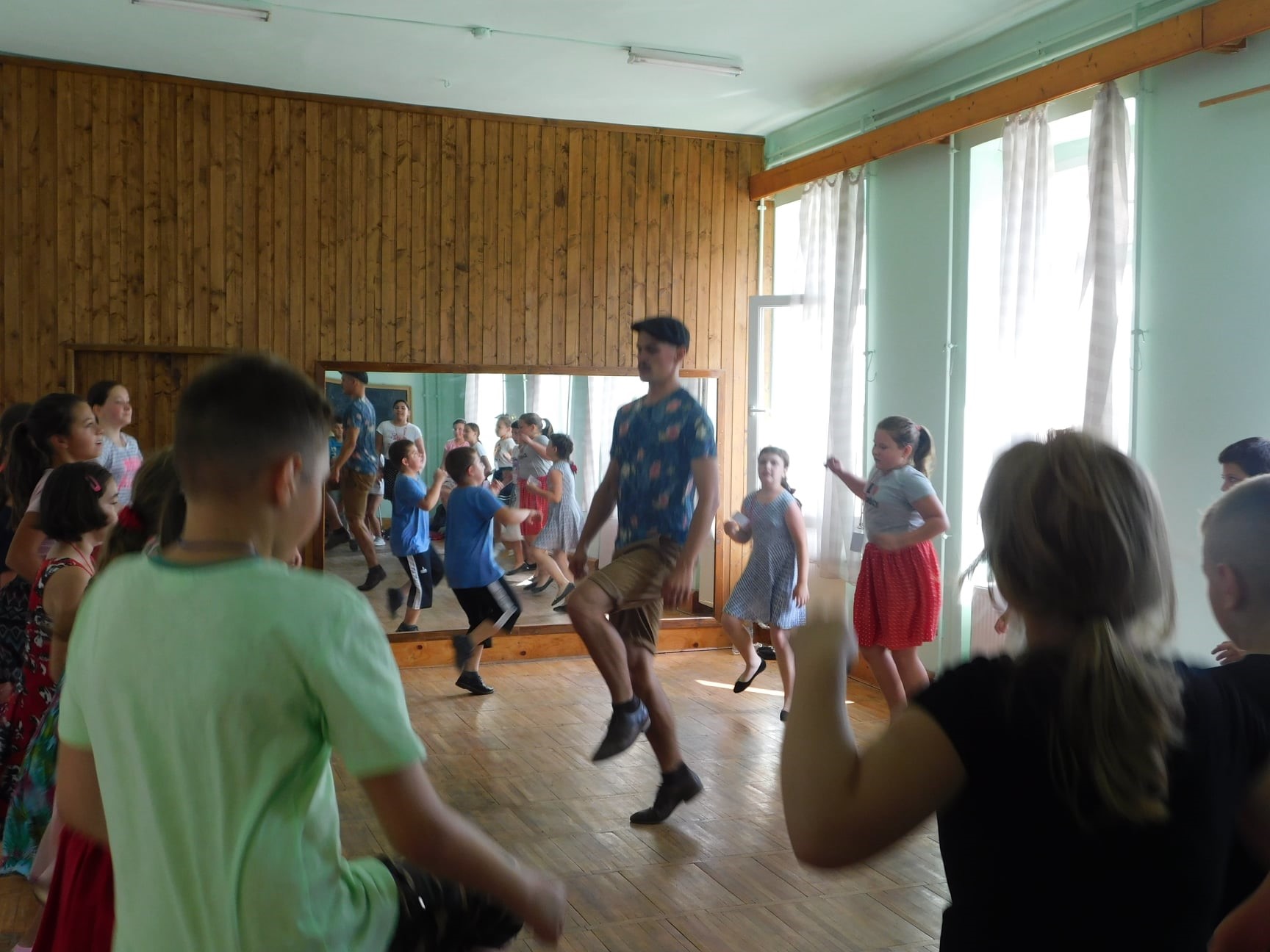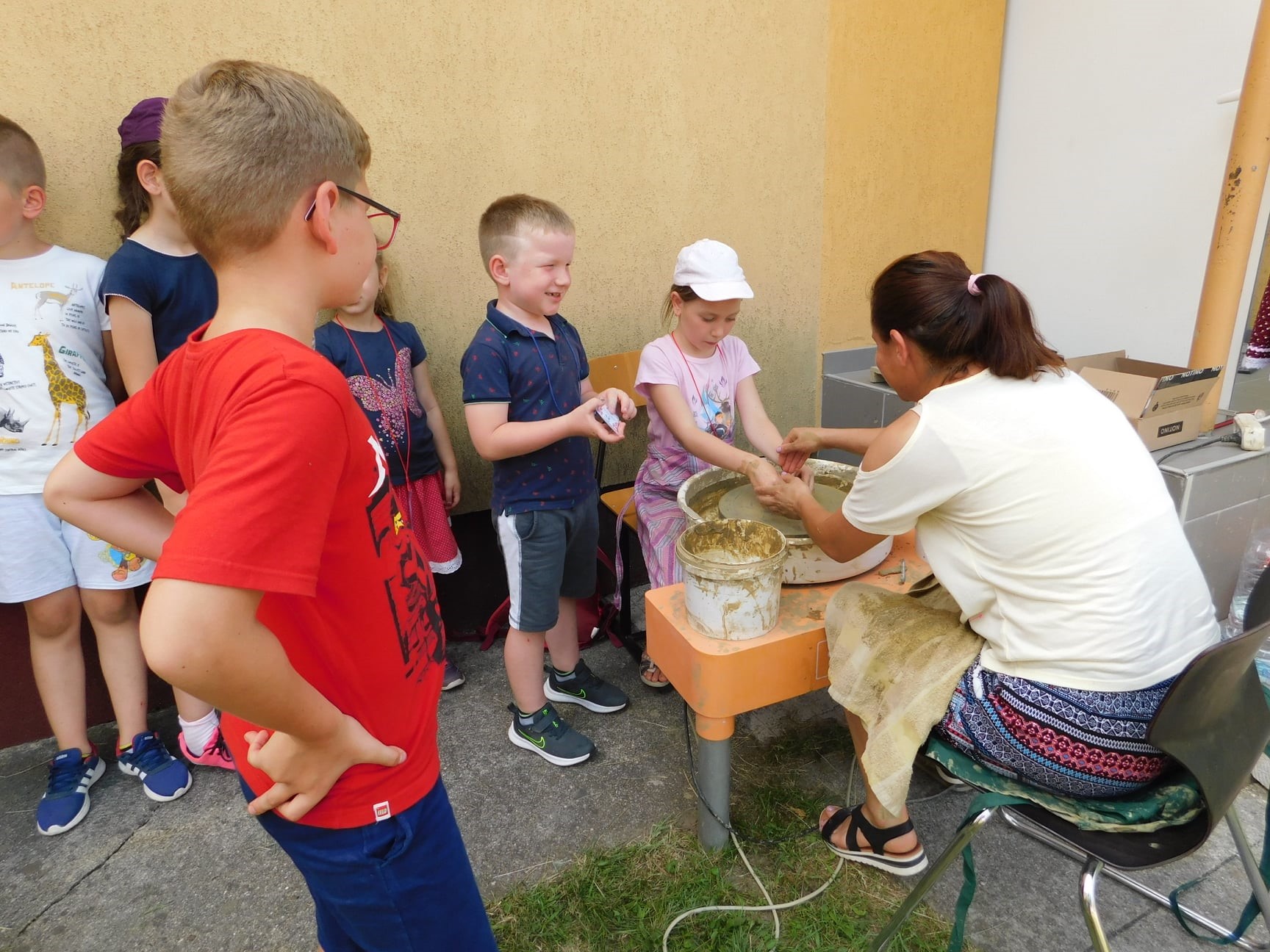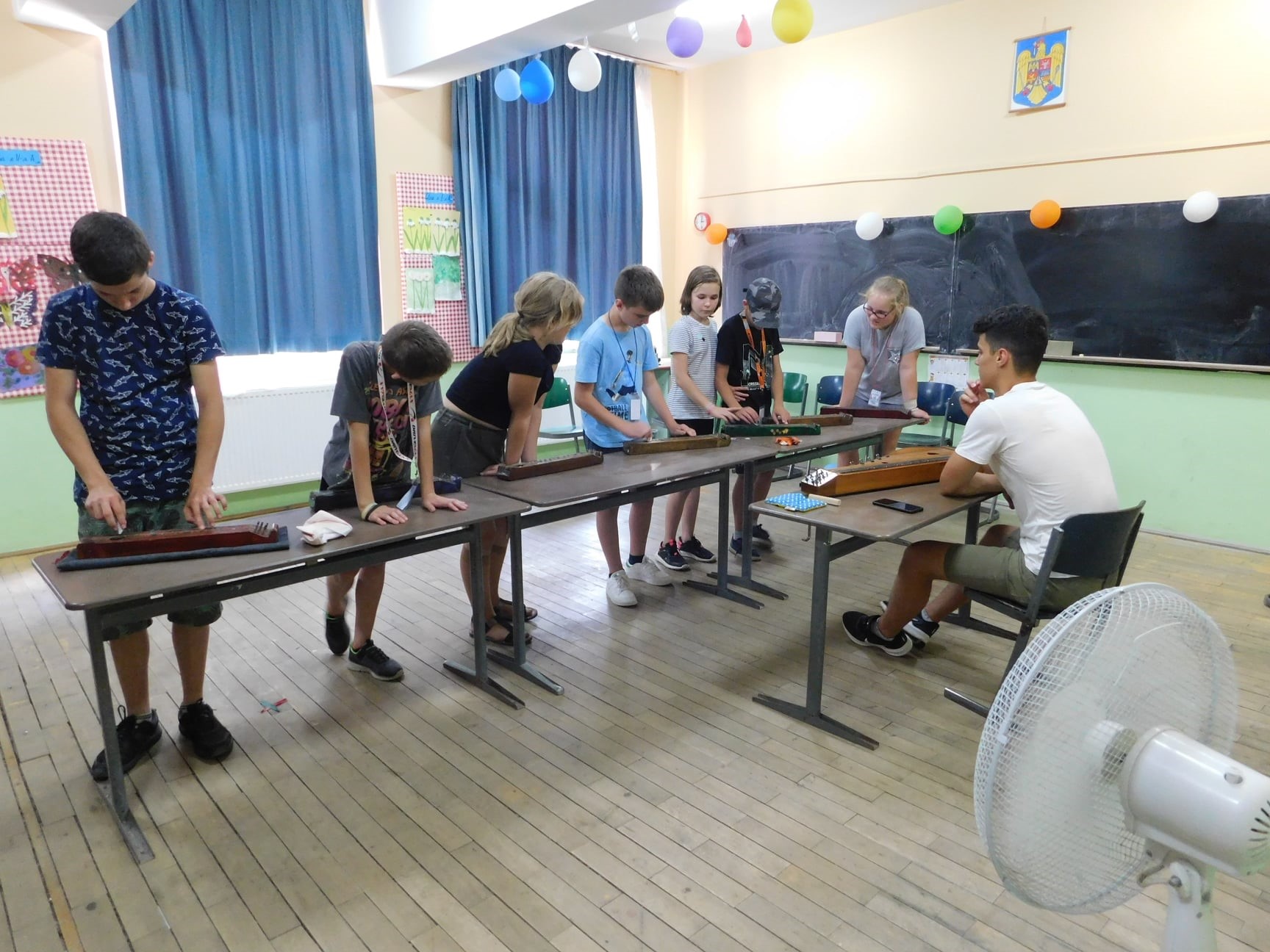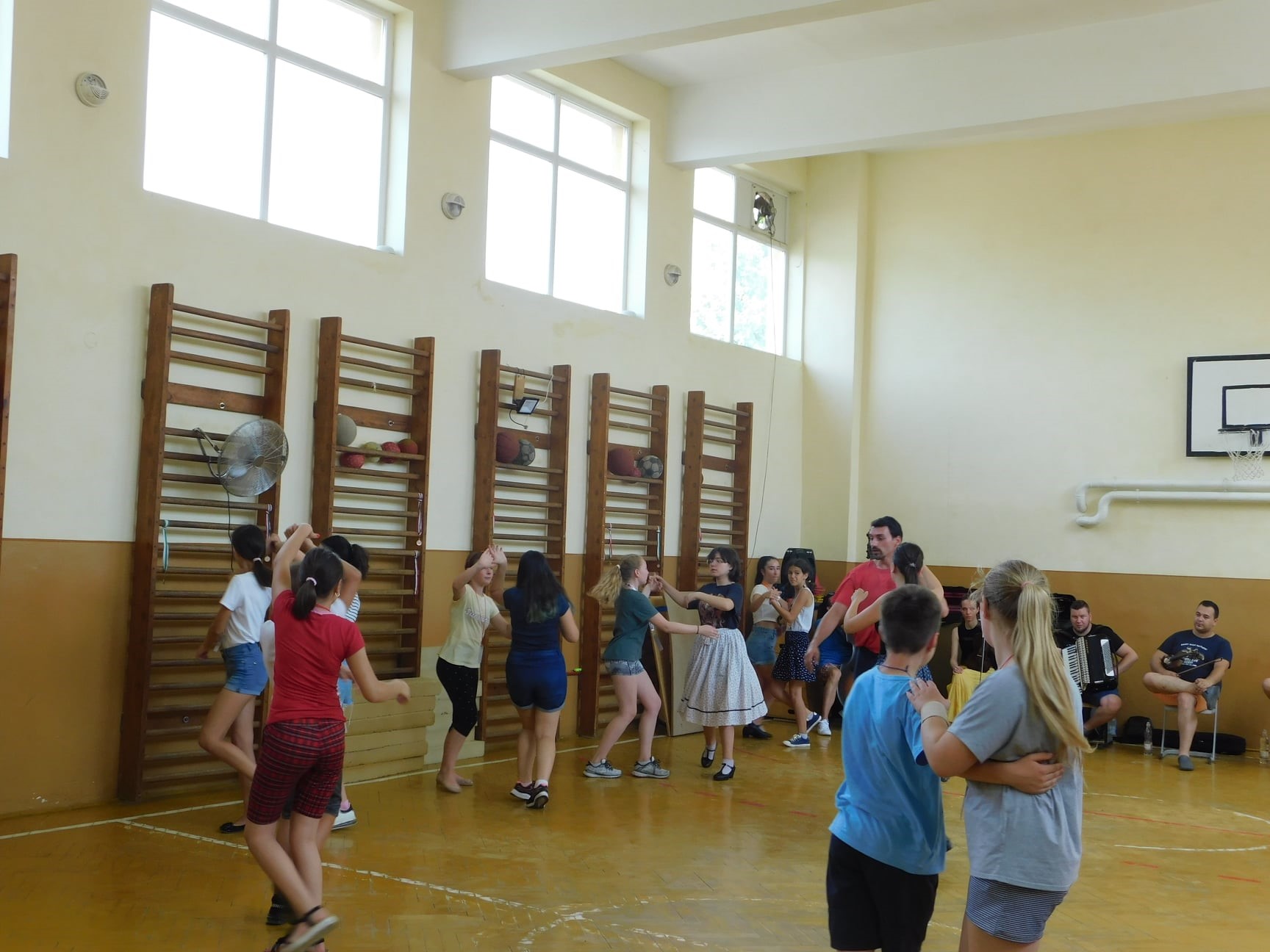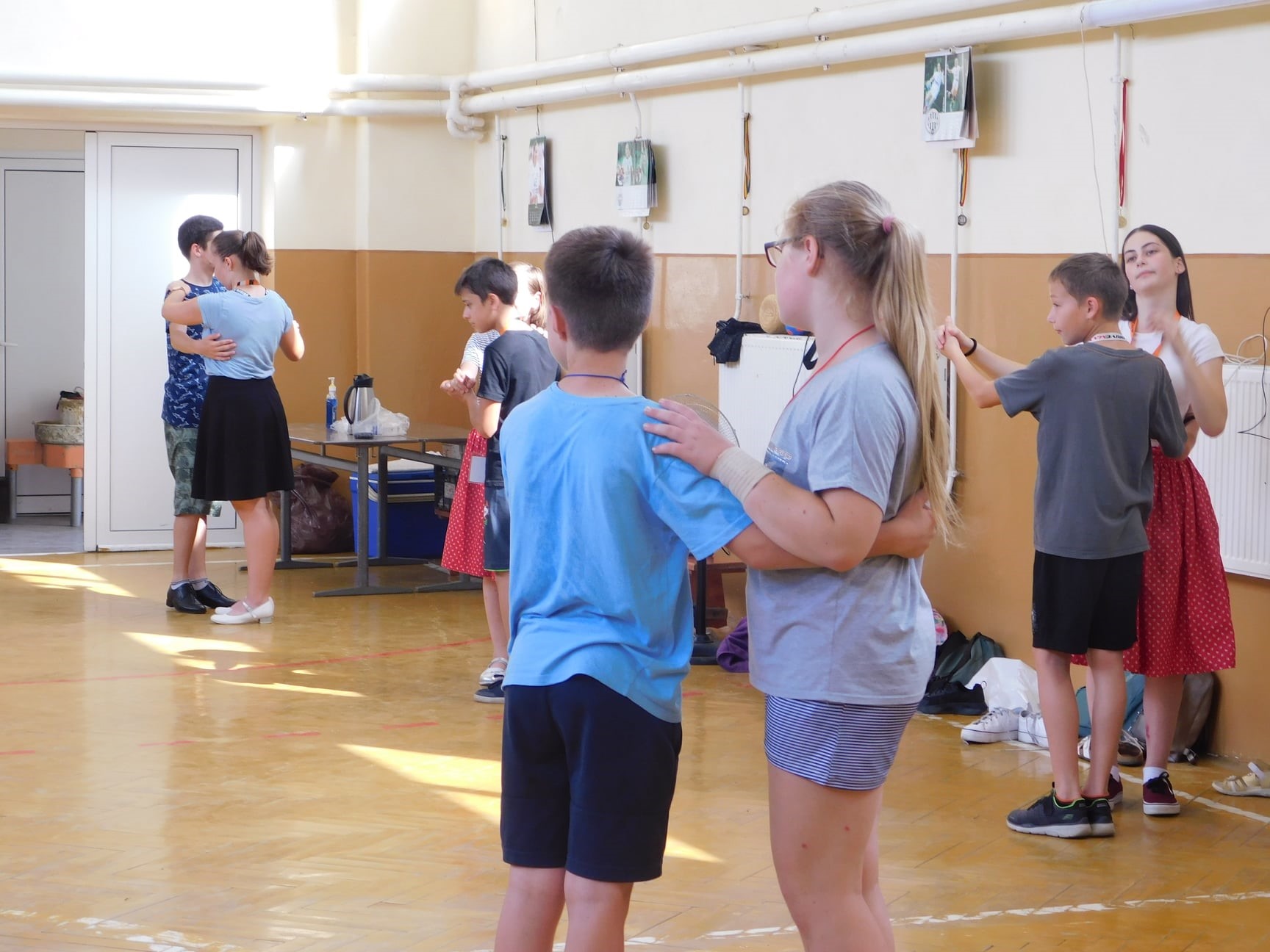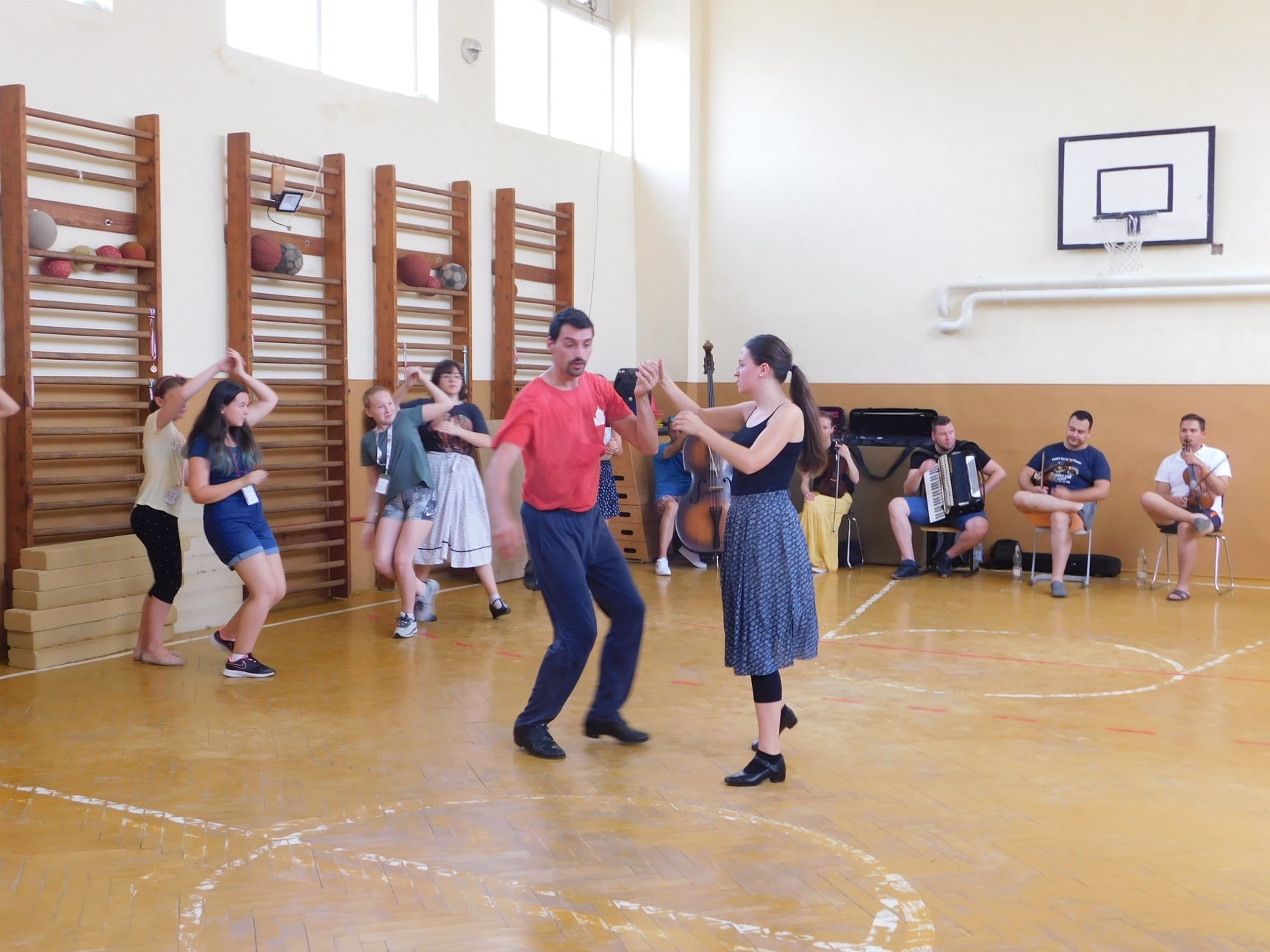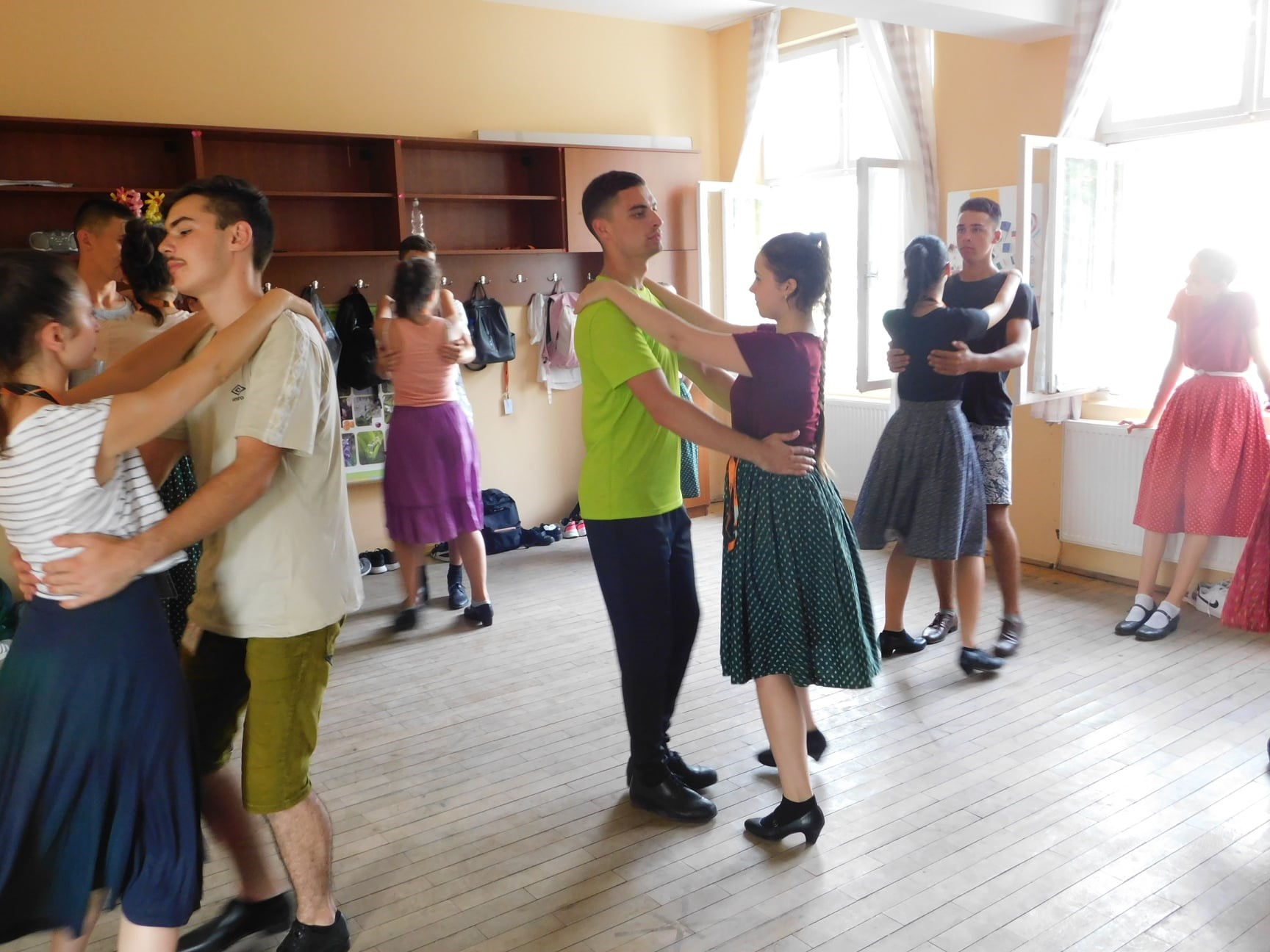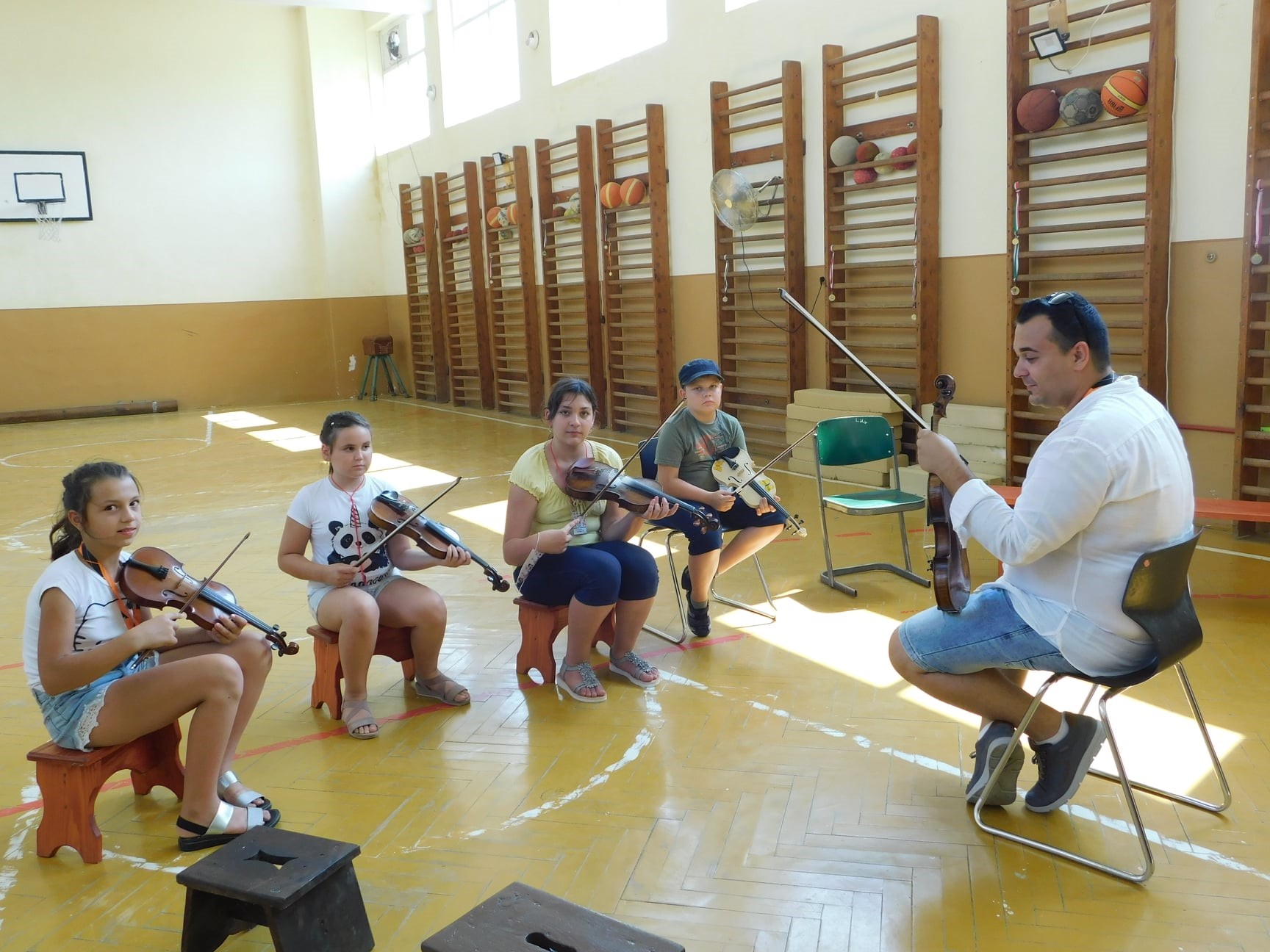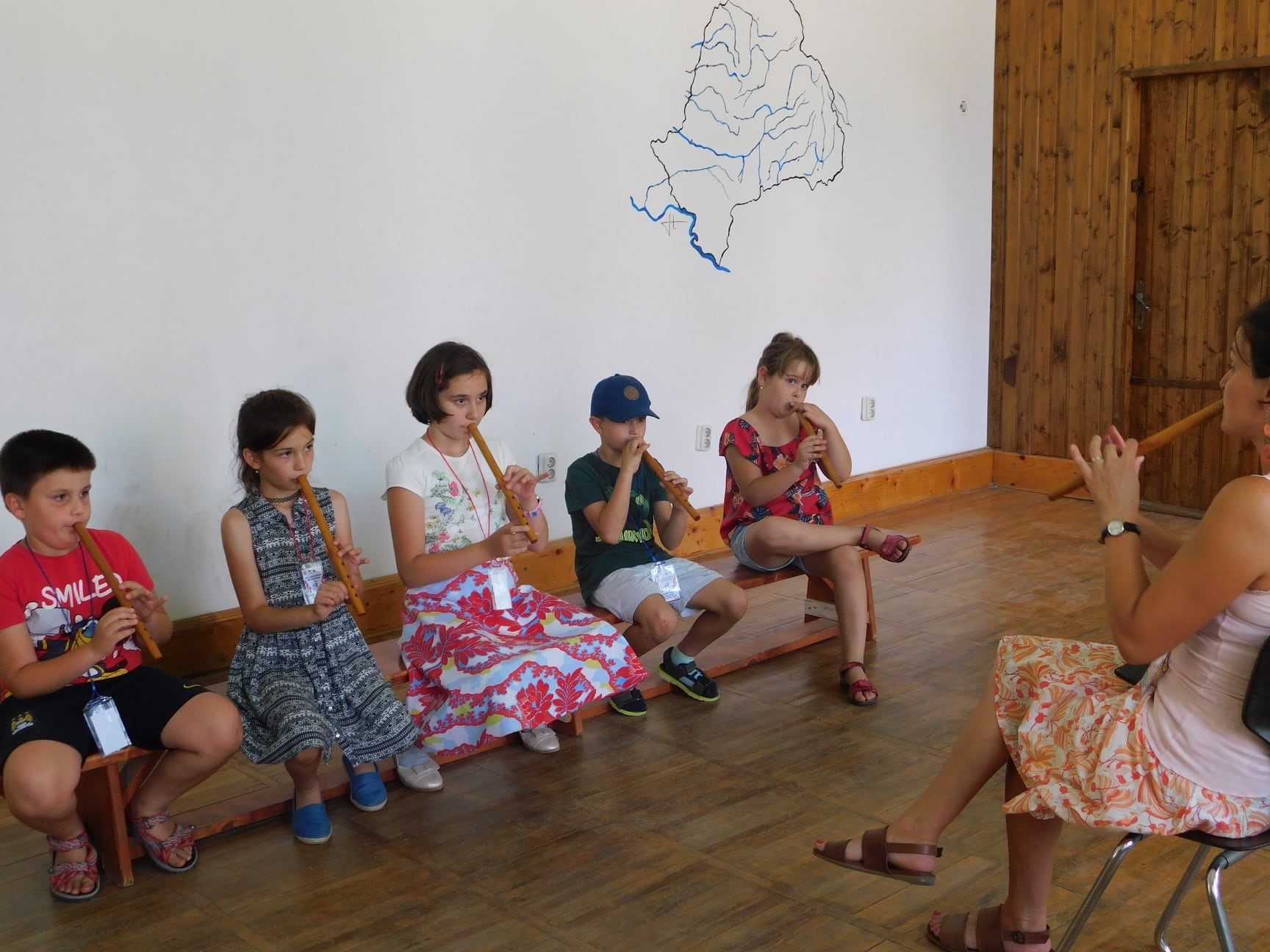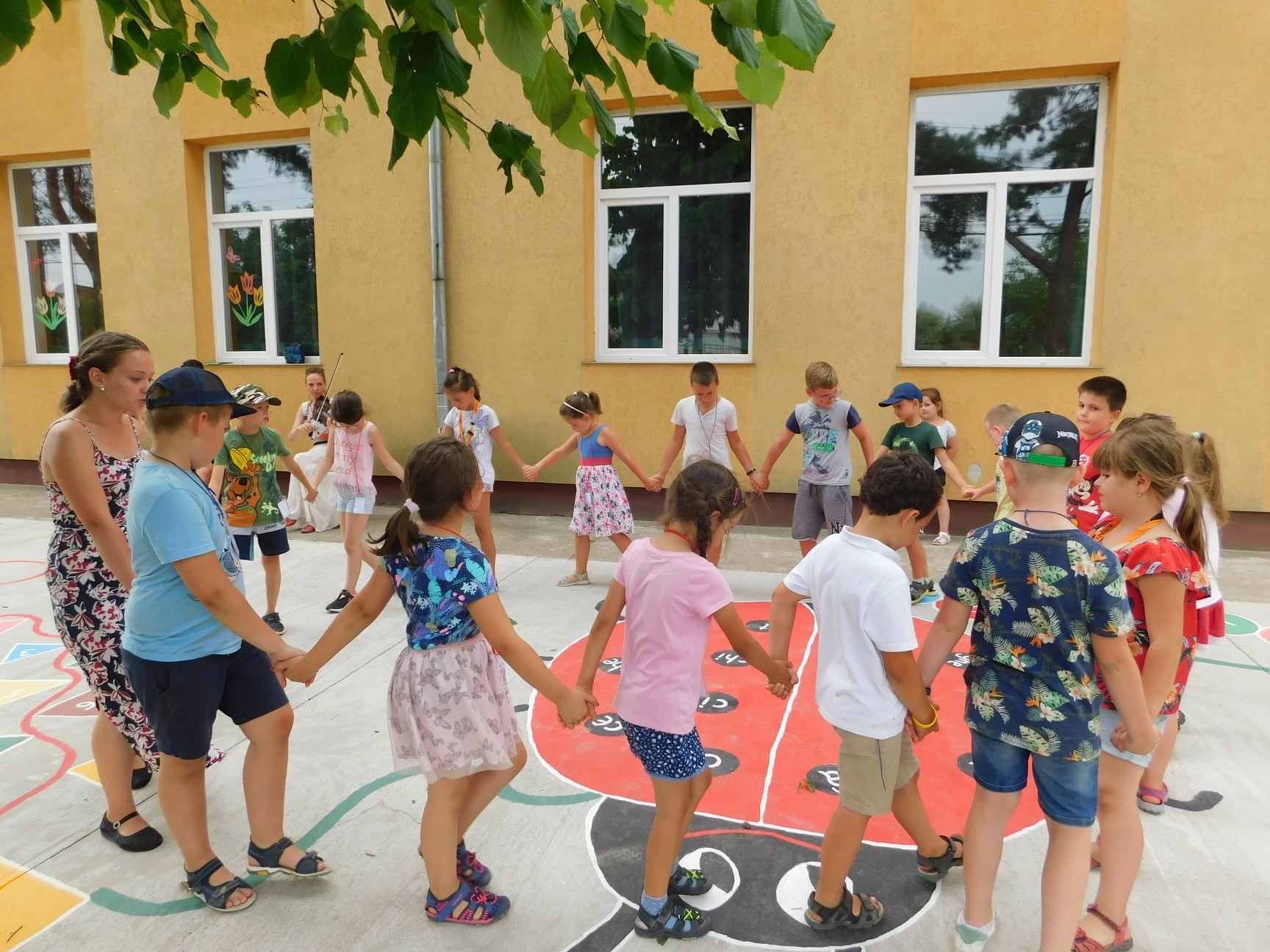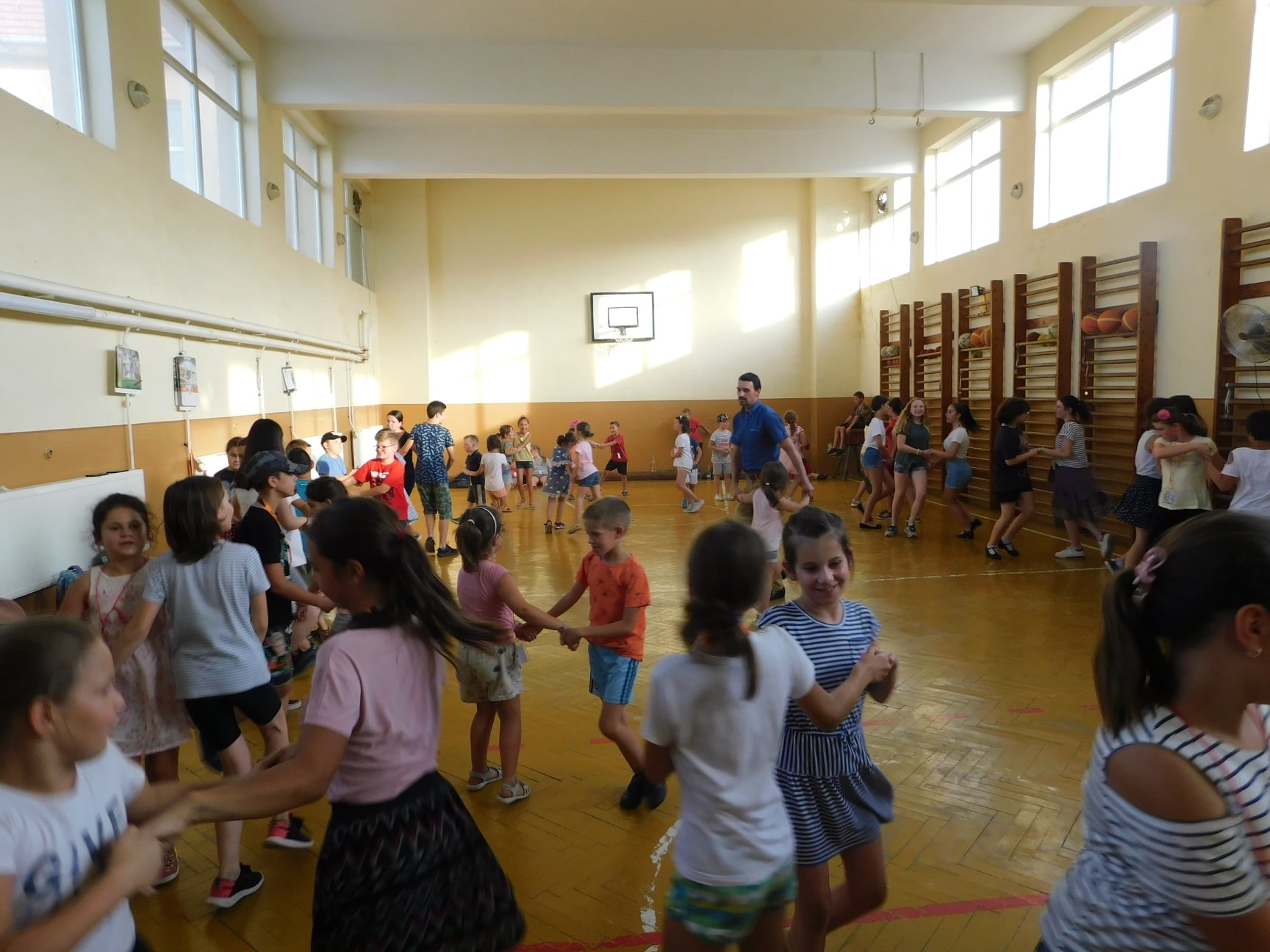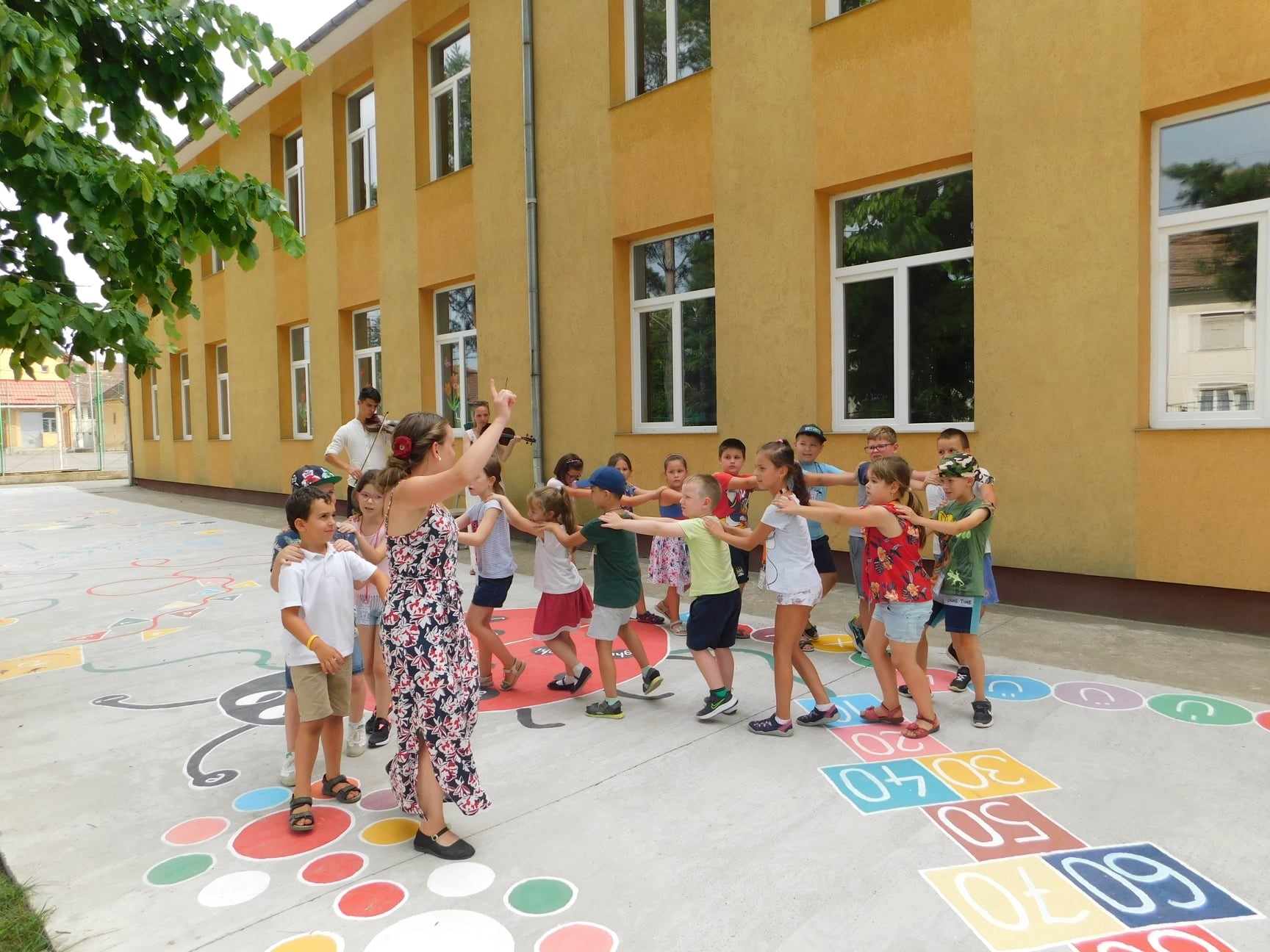The Someș Plain, one of the small territories of Satu Mare, along the upper courses of the Someș River. The area represents the string of villages located between Mátészalka and Seini, along the course of the river Someș.
It was an area that was populated early, but was destroyed several times, always reviving either by its own power or with the help of organized resettlement.
The majority of its population is Hungarian, but Romanians also live in its eastern part.It is a famous fruit-growing area, with orchards and fruit forests.
The frequent bed changes of the Someșului, the so-called river crest formed by sand and silt deposited by the annual floods along the river is called the Someșului Plain.
Bálint Csűry was born in 1886, in the village of Agriș in Satu Mare county. His occupation is linguist, dialect researcher, university professor.
He completed his general school studies in his native village, Agriș, and his secondary school studies at the Reformed High School in Satu Mare.He completed his studies at the Ferenc József University in Cluj-Napoca, as a humanities student with a Hungarian-Latin specialization, where he obtained a teacher’s degree and a doctorate in humanities. From 1910 to 1932, he was a teacher at the reformed college in Cluj, at the same time, he lectured at the training institute for reformed teachers in 1920-1921 and at Marianum in 1922-1923. In parallel with his work as a teacher, he continued his studies at the University of Cluj, and in 1917 he obtained his doctorate in humanities.In 1932 he was appointed extraordinary professor of Hungarian linguistics and comparative Finno-Ugric linguistics at István Tisza University in Debrecen, and in 1934 he was promoted to full professor. For one academic year, in 1937-1938, he also held the position of dean of the Faculty of Humanities.From 1938 until his death, he was the director of the Research Institute of the Hungarian Popular Language in Debrecen, which he organized and founded.
His work:The basic of the vocabulary collection of the Szamosháti Dictionary is the language from Agriș.Only the information he heard with his own ears appears in the dictionary.
“In collecting the dictionary material my main point was to cover the entire vocabulary of the Samoshát vernacular.” The focus of his scientific work was the research of Hungarian dialects. His interest and school-building methodological initiatives extended to many areas of dialectological collection and data processing, and he also contributed to the coordination of Hungarian ethnographic and dialect collections.
Following his organizational work and under his leadership, the most important professional Hungarian dialect research workshops were first in Cluj and then in Debrețin.In addition to his books, more than three hundred of his writings on dialectology, general linguistics, ethnography, and literary history were published in Hungarian and Transylvanian journals, and literary translations were also published (mainly the lyrical works of Heinrich Heine and Nikolaus Lenau). In 1939, he started and edited until his death the dialectological yearbook Magyar Népnyelv.In 1927, he was elected a corresponding member of the Hungarian Academy of Sciences, he was also a corresponding member of the Finno-Ugric Society of Helsinki, and after 1939 a regular member of the Estonian Society of Scientists.
His main works:Count József Teleki as a linguist. Budapest (1909)The verb. Budapest (1910)Contact based name transfer. Budapest (1929)Epistemological examination of linguistics. Bestercebánya (1913)Pronunciation forms of the Samoshát dialect. Budapest (1925)Hungarian wedding. Cluj (1927)
Ethnographic notes about the Moldavian Hungarians. Cluj (1930)Forms of the Moldavian verb csangó. Budapest (1932)
Dictionary Szamoshát I-II. Budapest (1935-1936)The problem of Hungarian pronunciation. Budapest (1939)The history of upper vowels in the Szamoshát dialect. Debrecen (1939)
Additions to the e-é sounds of the Hungarian vernacular (Szamoshát, Palócföld). Budapest (1940)On the linguistic effect of Gáspár Károlyi’s Bible translation. Budapest (1940)


